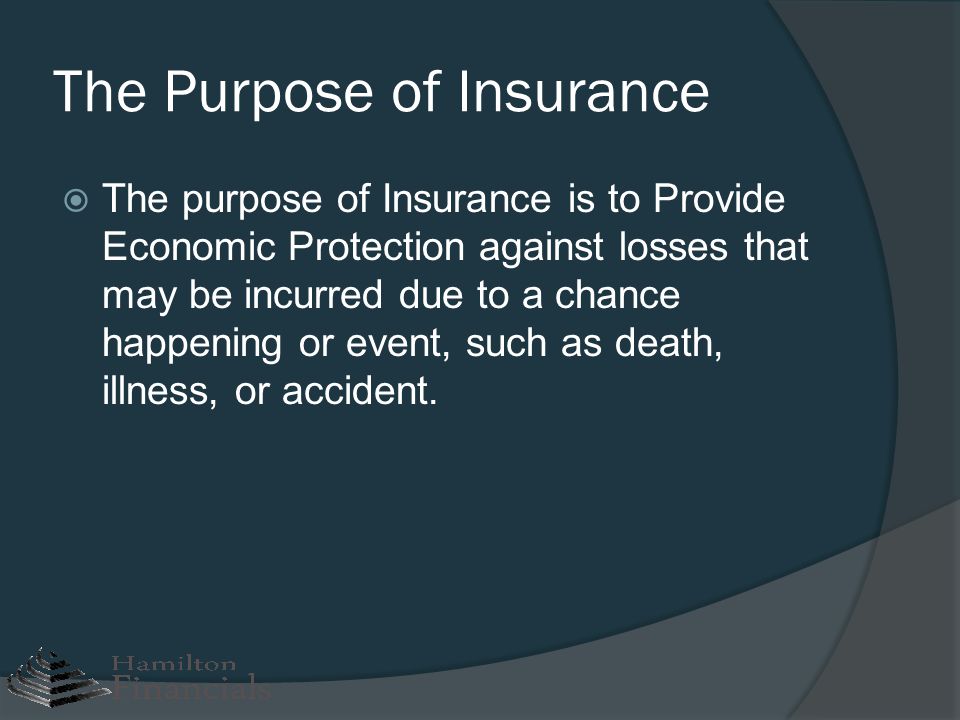The Buzz on Pacific Prime
The Buzz on Pacific Prime
Blog Article
Everything about Pacific Prime
Table of ContentsPacific Prime for Dummies9 Easy Facts About Pacific Prime ExplainedThe smart Trick of Pacific Prime That Nobody is Talking AboutAll about Pacific PrimeThe Pacific Prime Diaries

This is because the information were accumulated for a duration of strong financial efficiency. Of the estimated 42 million people who were without insurance, just about regarding 420,000 (about 1 percent) were under 65 years old, the age at which most Americans come to be eligible for Medicare; 32 million were adults between ages 18 and 65, about 19 percent of all adults in this age; and 10 million were kids under 18 years of age, about 13.9 percent of all children (Mills, 2000).
These quotes of the number of individuals without insurance are created from the yearly March Supplement to the Present Population Survey (CPS), carried out by the Census Bureau. Unless or else kept in mind, national estimates of individuals without medical insurance and percentages of the population with various type of coverage are based on the CPS, one of the most widely made use of source of estimates of insurance policy coverage and uninsurance rates.
Pacific Prime Can Be Fun For Everyone

Still, the CPS is especially useful since it produces yearly price quotes reasonably quickly, reporting the previous year's insurance protection approximates each September, and since it is the basis for a constant set of estimates for even more than two decades, enabling analysis of trends in coverage with time. For these factors, in addition to the substantial usage of the CPS in various other studies of insurance policy coverage that exist in this record, we depend on CPS quotes, with limitations kept in mind.

The estimate of the variety of uninsured people increases when a population's insurance policy condition is tracked for numerous years. Over a three-year period starting early in 1993, 72 million people, 29 percent of the united state populace, lacked coverage for at least one month. Within a solitary year (1994 ), 53 million individuals experienced a minimum of a month without coverage (Bennefield, 1998a)
Six out of every 10 without insurance grownups are themselves used. Although functioning does improve the probability that and one's relative will have insurance coverage, it is not an assurance. Also participants of households with 2 full-time breadwinner have almost a one-in-ten chance of being without insurance (9.1 percent without insurance price) (Hoffman and Pohl, 2000).
Pacific Prime for Dummies
New immigrants account for a substantial percentage of people without medical insurance. One analysis has actually associated a significant section of the current growth in the dimension of the U.S. without insurance population to immigrants who showed up in the country in between 1994 and 1998 (Camarota and Edwards, 2000). Recent immigrants (those that concerned the USA within the past 4 years) do have a high price of being without insurance (46 percent), however they and their kids account for simply 6 percent of those without insurance policy nationally (Holahan et al., 2001).
The partnership between medical insurance and access to care is well established, as recorded later in this phase. Although the connection in between check my reference medical insurance and health and wellness end results is neither direct nor straightforward, an extensive scientific and wellness services study literature links medical insurance protection to better access to care, much better quality, and enhanced individual and populace health standing.
Degrees of analysis for analyzing the impacts of uninsurance. It focuses especially on those without any kind of wellness insurance coverage for any type of length of time.
The smart Trick of Pacific Prime That Nobody is Talking About
The issues dealt with by the underinsured remain in some aspects comparable to those encountered by the without insurance, although they are usually less serious. maternity insurance for expats. Uninsurance and underinsurance, nevertheless, include clearly different policy concerns, and the strategies for resolving them might differ. Throughout this study and the 5 records to comply with, the primary focus gets on individuals without health insurance and therefore no assistance in spending for healthcare past what is readily available with charity and safety and security internet organizations
Medical insurance is an effective element affecting invoice of treatment since both individuals and doctors respond to the out-of-pocket rate of solutions - https://on.soundcloud.com/Boznd6XKBGjyrspT8. Medical insurance, nonetheless, is neither essential neither adequate to get accessibility to medical solutions. The independent and straight effect of wellness insurance policy coverage on access to wellness solutions is well established.
Others will get the health care they require also without medical insurance, by paying for it expense or seeking it from carriers who provide treatment complimentary or at very subsidized prices. For still others, wellness insurance coverage alone does not guarantee invoice of care due to various other nonfinancial barriers, such as an absence of healthcare providers in their neighborhood, restricted access to transport, illiteracy, or linguistic and cultural differences.
The Main Principles Of Pacific Prime
Official research study regarding uninsured populations in the United States dates to the late 1920s and early 1930s when the Board on the Cost of Healthcare generated a collection of records concerning funding doctor office visits and hospital stays. This concern ended up being significant as the varieties of clinically indigent climbed up during the Great Anxiety.
Report this page